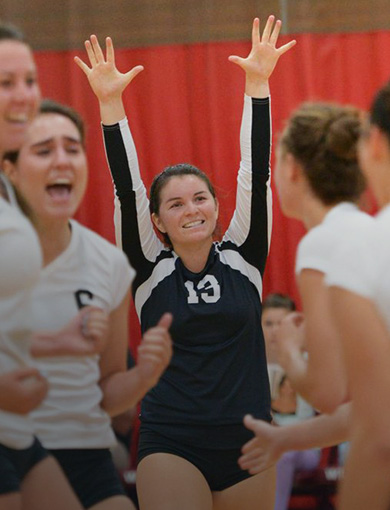Hip Labral Repair
The hip is a ball and socket joint. The hip labrum is a ring of strong cartilage that rims the outer edge of the hip socket (acetabulum). It plays a critical role in hip function. Designed by nature the labrum deepens and seals the hip socket to firmly hold the head of the large leg bone (femur) in its socket. The labrum also functions to distribute pressure across the joint, cushion the joint through a wide range of motion and protects the ends of the bones. It is key to joint stability.
What is a labral tear?
A labral tear is a tear or fraying of the labrum. Hip labral tears tend to occur in people who participate in sports and physical activities that place a lot of strain on the hips and the upper legs. The labrum is made of cartilage and has no ability to heal itself when torn.
What causes a labral tear?
Traumatic and overuse hip injuries that cause labral tears occur frequently in amateur and professional athletes. Sports that require repetitive hip flexion and sudden impact include cycling, gymnastics, tennis, ballet, jumping, running, soccer, football and hockey. In almost 75% of cases of torn acetabular labrum the patients do not recall a specific injury that resulted in hip pain. Labral tears can also be caused by an injury such as a traumatic hip dislocation.
A fraying of the labrum can result from hip dysplasia, hip impingement syndrome, arthritis or other abnormal bony biomechanics. Most occur from hip impingement or another bony irregularity that predisposes to hip labral tears.
What are the potential consequences of a labral tear?
The loss of labral function can cause instability, dislocation of the hip joint and damage to surrounding tissues including premature arthritis.
What are the symptoms of a labral tear?
Symptoms vary. Studies show that up to 22% of athletes who complain of groin pain have a labral tear in the hip. Deep groin pain is common. In some cases, pain may only occur during play that involves cutting, twisting and pivoting. Initially the pain may be mild and over time increase even with reduced activity. Pain with sitting, walking, running and twisting may develop. However, some studies report a high prevalence of labral tears in asymptomatic young athletes. Patients who were older and participated in their sport longer had an increased risk of a labral tear.
How is a labral tear diagnosed?
Clinical assessment and imaging studies are diagnostic. Accurate diagnosis is often challenging due to the complexity of hip anatomy and the wide range of causes of hip labral tears. Imaging helps to identify tears that need surgery from those that can be treated conservatively.
What are the treatment options?
Treatment options depend on the cause of the tear and the patient’s preinjury activity level. Typically, professional athletes will have surgery to repair the labrum. Conservative management may be recommended for less active patients.
Conservative management will include activity modification or stopping sports, plus anti-inflammatory medications, physical therapy, massage, and injections to manage pain. When conservative measures fail to provide relief, surgery may be considered. When the cause is identified as an underlying condition like hip impingement, surgery may be necessary. If the tear(s) are due to arthritis the treatment may be hip replacement.
Groin pain can be caused by may conditions. Contact the board-certified orthopedic surgeons at Orthopedic Associates of Northern California to schedule a consultation to receive the right diagnosis and treatment options.
References
- Narvani AA, Tsiridis E, Kendall S, Chaudhuri R, Thomas P. A preliminary report on prevalence of acetabular labrum tears in sports patients with groin pain. Knee Surg Sports Traumatol Arthrosc. 2003 Nov;11(6):403-8. doi: 10.1007/s00167-003-0390-7. Epub 2003 Jul 26. PMID: 12897984
- Briggs K, Philippon M, Ho C, et al
- PREVALENCE OF ACETABULAR LABRAL TEARS IN ASYMPTOMATIC YOUNG ATHLETES
- British Journal of Sports Medicine 2017;51:303.





